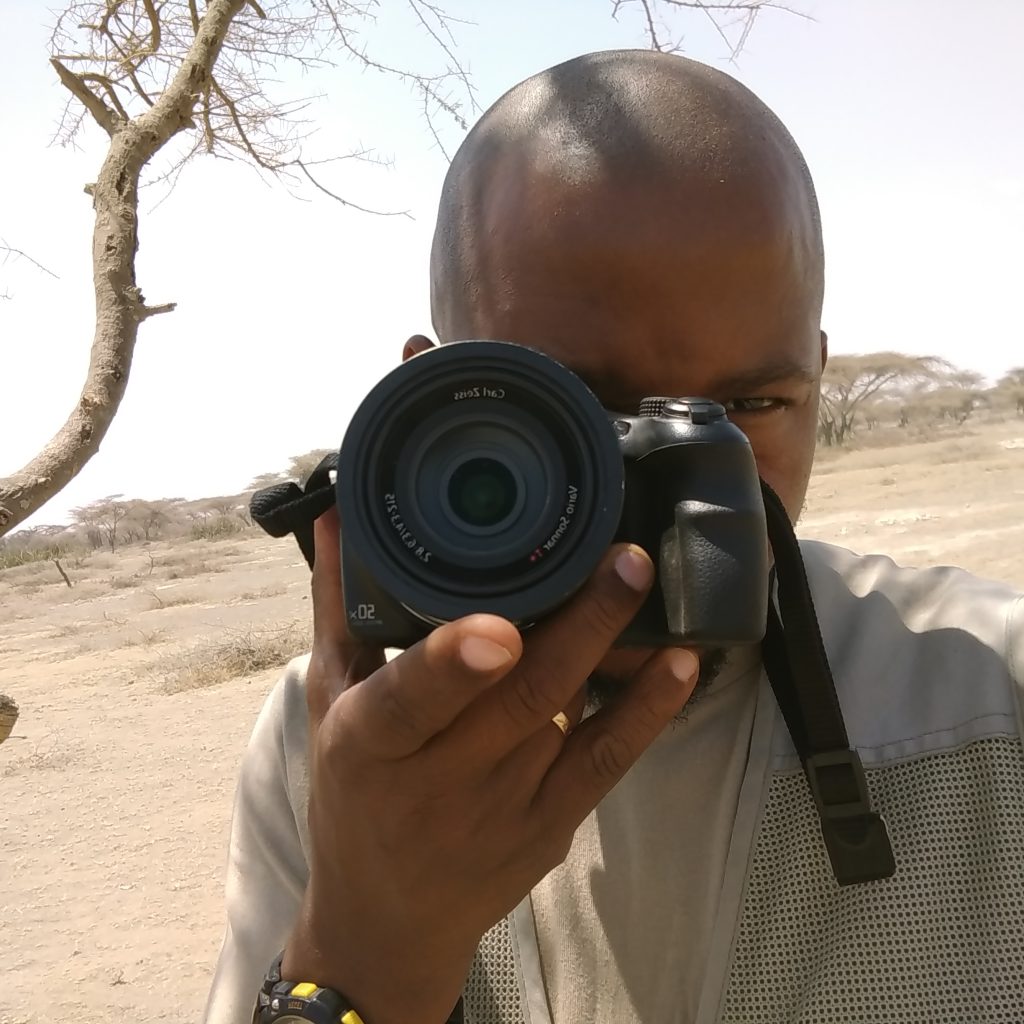
Going on safari in Serengeti National Park was a dream come true for me. Having that opportunity was amazing and gift from God! It was way back in August 2001
Our trip started on a Toyota land cruiser with four Spanish guests ,through Ngorongoro highlands, As we approached on the grassy plain, giraffes and gazelles were feeding around the main road. We were very excited and had no idea that this was just beginning. We thought that our day would be driving down long dirt roads and occasionally seeing an animal in the distance. The scenery would be beautiful at least so we were still excited to be in the Serengeti.
I was ready to become very familiar with my safari vehicle, where I would be spending many hours watching animals. But what I wasn’t prepared for was the feeling of being on safari. It’s difficult to describe, but when you are sitting in your safari vehicle, mere feet away from a lion out on the Serengeti, you feel both tremendously excited and calm. Time seems to slow down, and you acquire a deep sense of connection to the natural world around you that is truly unique. It’s an experience I will never forget, and one that I am delighted to be sharing
One thing that immediately stood out to me about the Serengeti was the sheer size of it—the Serengeti covers 5,700 square miles and includes diverse environments of grassland, woodland savanna, and areas of protruding rock formations known as Kopjes. Wildlife is abundant in the park, millions of grazing animals such as wildebeest, zebra, and gazelle can be found everywhere, with predator animals such as lions not too far behind. The Serengeti is most famous for the great migration, where millions of animals journey across the Serengeti to the Maasai Mara in Kenya in search of water every year. They cover nearly 2000km annually
With such large populations of zebra and wildebeest in the Serengeti, it didn’t take us long to encounter our first zebra herds. In one of our first encounters, we saw a series of zebra rolling in the dirt. Zebras roll in the dirt as a social behavior—when one zebra rolls in the dirt, others tend to follow. Sure enough, he was right. We saw a series of zebra playing in the dirt, one after another.
The land that goes forever!!
Boy, did we have that all wrong. Around each turn was another animal. It was almost too much excitement for me! Endless grassy fields and beautiful trees unique to Africa, made even the few moments without animals interesting. Driving along in our safari modified Land Cruiser on the bumpy dirt roads, I felt as though I was in a Garden of Eden. Groups of gazelle regularly ran in front of our vehicle so close that I was worried about hitting them. At our first sighting of a giraffe, we stopped and cameras clicked away. By the end of the day, we only stopped when animals were 15 feet from the vehicle or closer! The herds of gazelle had become common to us, and we had seen all of the big five but the rhino on day one. We were on animal overload and couldn’t have been more happy about it!
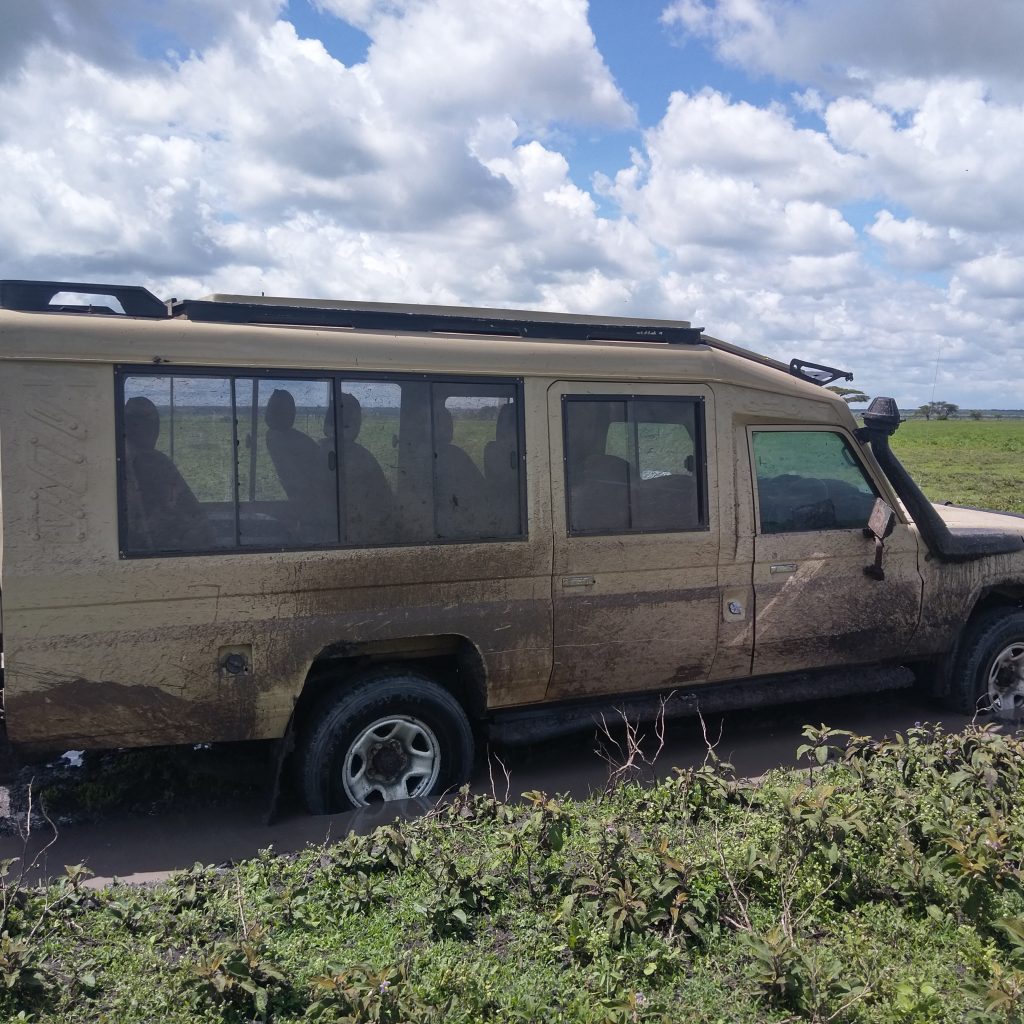
Discover and Learning!
The wild cats were my favorite, no surprise there! I also fell in love with each baby animal I saw. Learning about how animals like the elephant take care of each other when one is injured (even sharing food) added so much to our appreciation of these amazing creatures. When an elephant dies other elephants mourn the death and take the bones to a special place. We were in awe of these animals that have so much intelligence and compassion. It is impossible to look at animals the same way after learning so much. I would love to head to Tarangire National Park which is known for having the largest population of elephants.
Moments before this cheetah mom caught a gazelle for her 2 babies! (Cheetah is the fastest land mammal up to 120kmph)
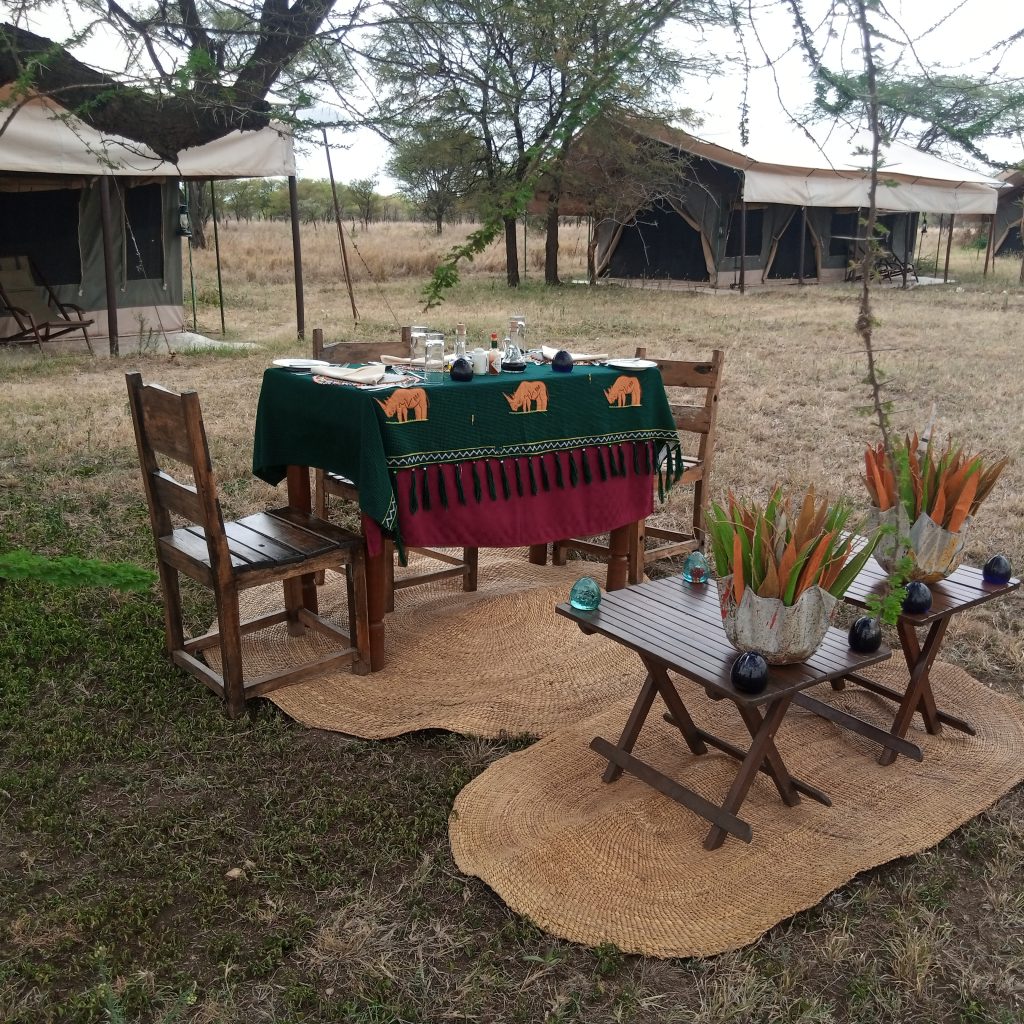
My first Mufasa in 2001 in the Serengeti

African Elephant in Serengeti national park! This is the largest land mammal
Small animals like the dwarf mongoose, who were very entertaining, caught our eye at times. The mongoose had taken over a termite mound and were very happy with themselves. They looked like royalty relaxing at their new palace.
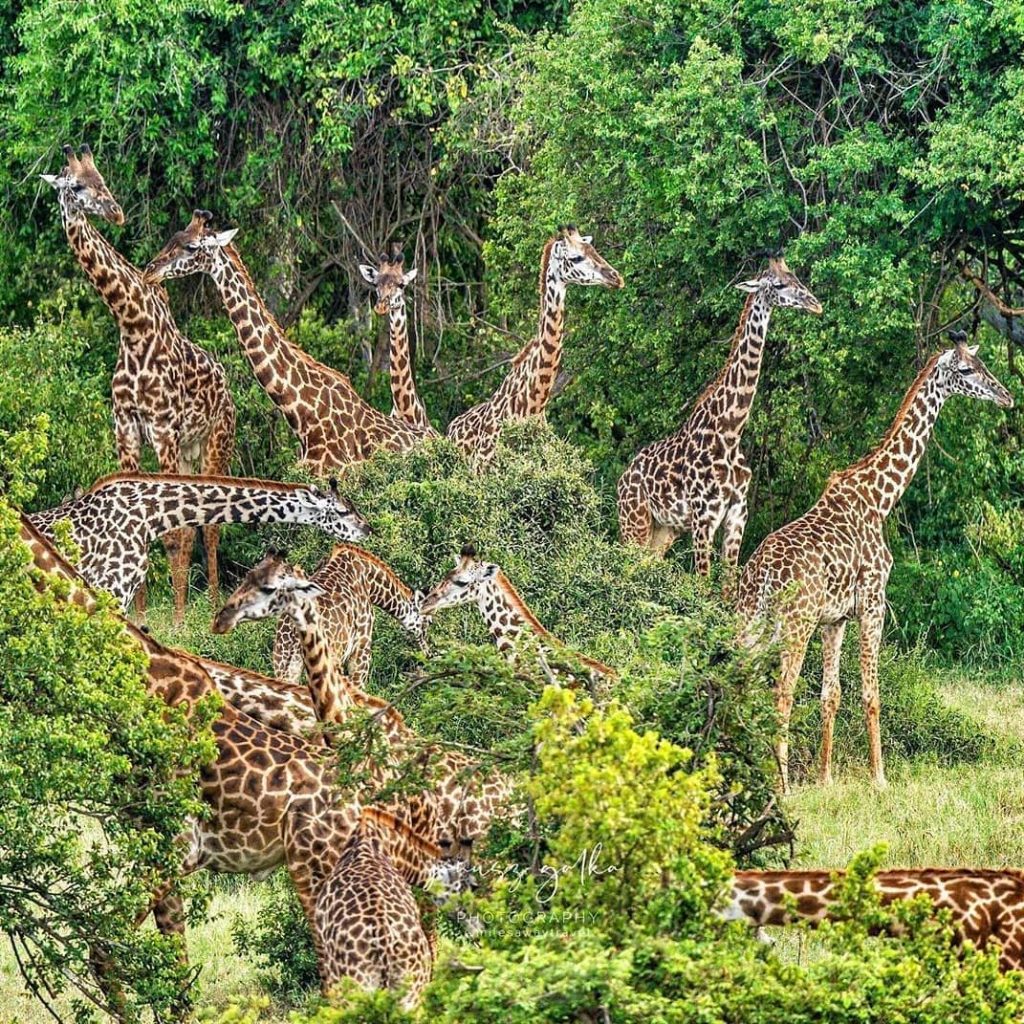
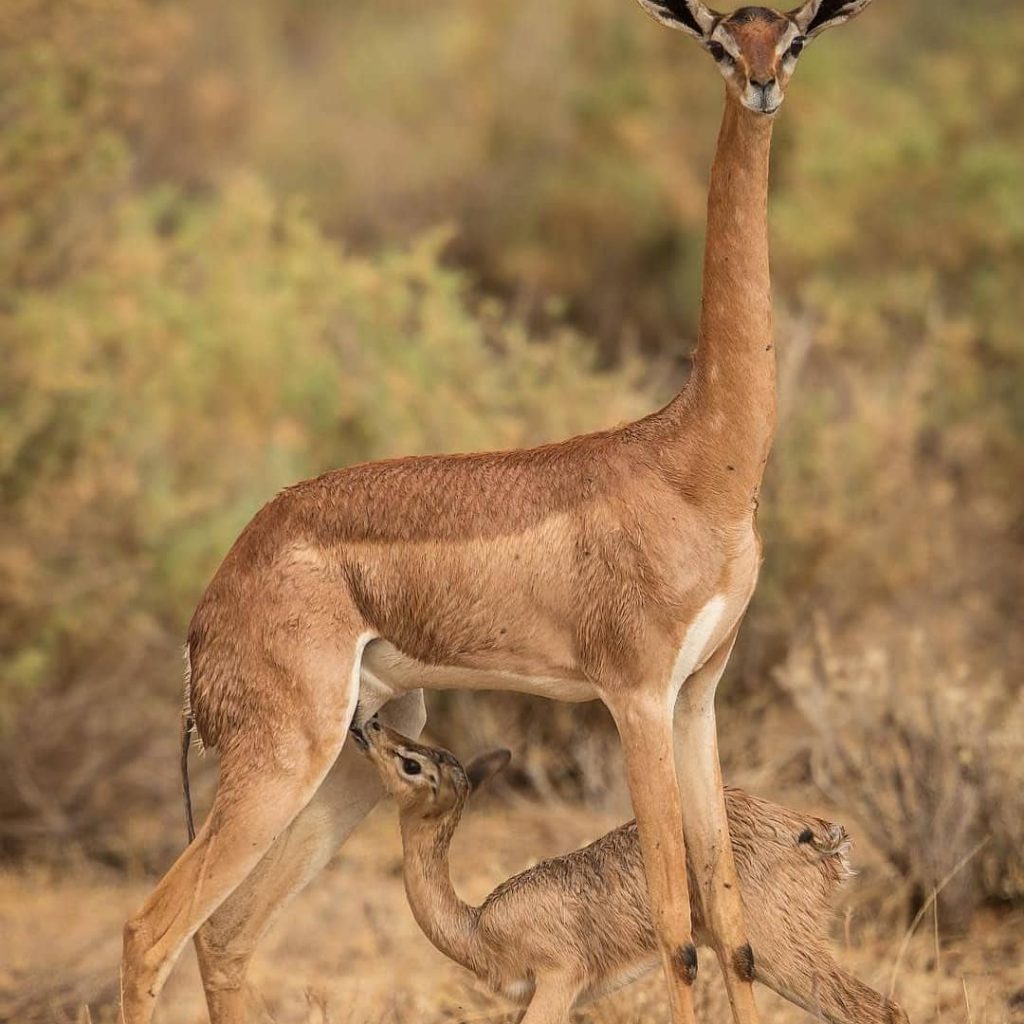
Birds strutting at lunch time at visitors Center Seronera area
.
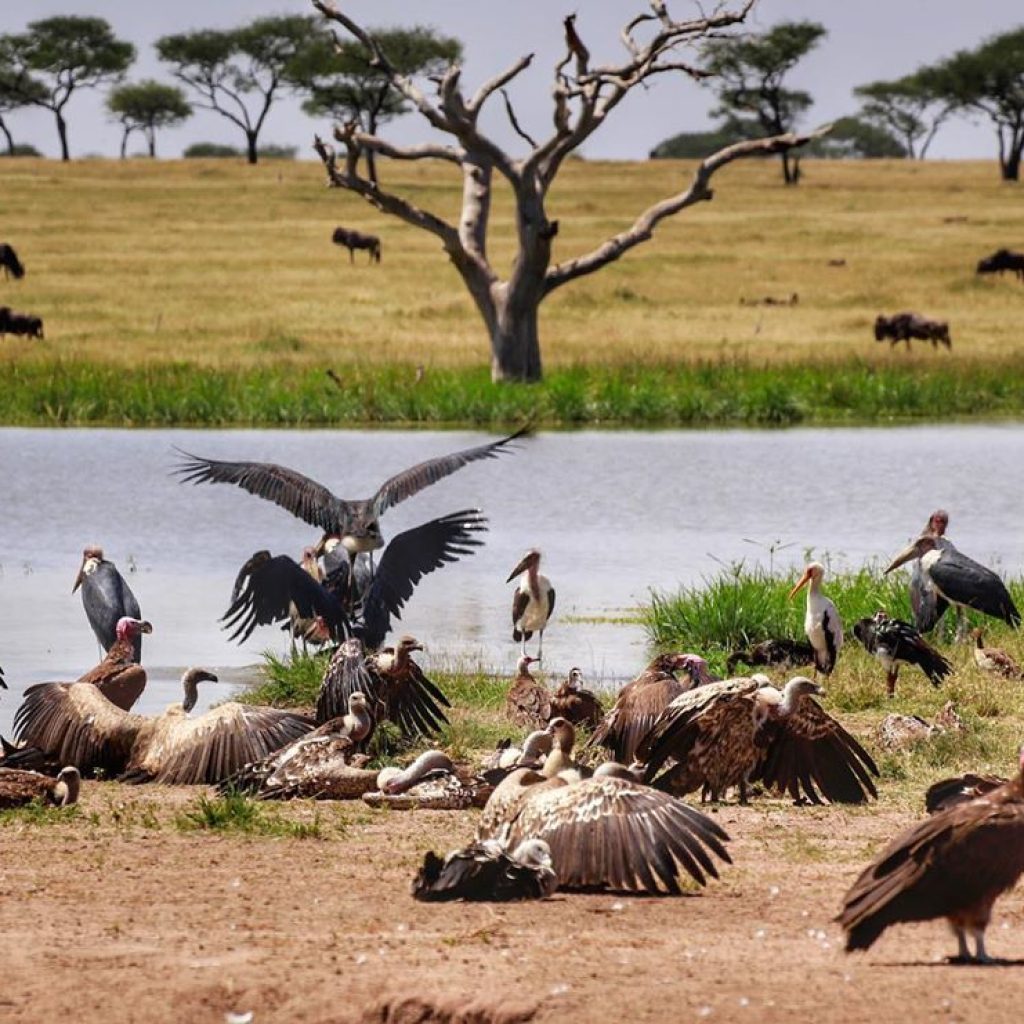
And where there’s zebra, predators are often nearby. As we rounded a corner of the road, we came upon a small pond—innocent looking enough at first, with plenty of birds, and, of course, hippos. But on closer inspection, lying just on the edge of the pond, barely visible, we saw crocodiles, sitting with their mouths open, trying to stay cool in the hot sun.
We soon encountered our first wildlife sighting—we came upon a large family of hippos enjoying the cool river waters, with their distinctive laughs echoing throughout the area
Hippos on the Serengeti
During the previous encounters, we were enjoying taking photos and talking about the amazing wildlife we were witnessing, but nothing quite prepared us for what we saw next. Only a few meters down the road from the crocodiles, we came across a family of lions. As soon as we realized what we were seeing, the vehicle went quiet. All that could be heard was the quiet sounds of the lions, lounging in the shade and the subtle sounds of our cameras. That quiet, combined with the magnificent sight of the lions up close, was a stunning end to my first day on safari in Serengeti
Vibrancy, variety and vastness
The magic of Serengeti National Park is not easy to describe in words. Not only seeing, but also hearing the buzz of millions of wildebeest so thick in the air that it vibrates through your entire body is something you will try to describe to friends and family, before realising it’s impossible. Vistas of honey-lit plains at sunset so beautiful, it’s worth the trip just to witness this. The genuine smiles of the Maasai people, giving you an immediate warming glow inside. Or just the feeling of constantly being amongst thousands of animals – it doesn’t matter what season of the migration you visit the Serengeti National Park, it’s magical all year round.
You will soon realise that amazement doesn’t have boundaries in this world-renowned National Park of Tanzania. Serengeti is a transition area, with distinct changeovers going from rich flat soils, to poor hilly soils in the north, attracting a wide variety of vegetation and animals. Whether you are looking for big cats, birds or even smaller creatures: Serengeti National Park delivers. Even to understand and experience just a small part of this ecosystem, will change your vision on our world and the environment.
After being overwhelmed by the vibrancy, variety and vastness of this land, this place of transition will leave you changed forever.
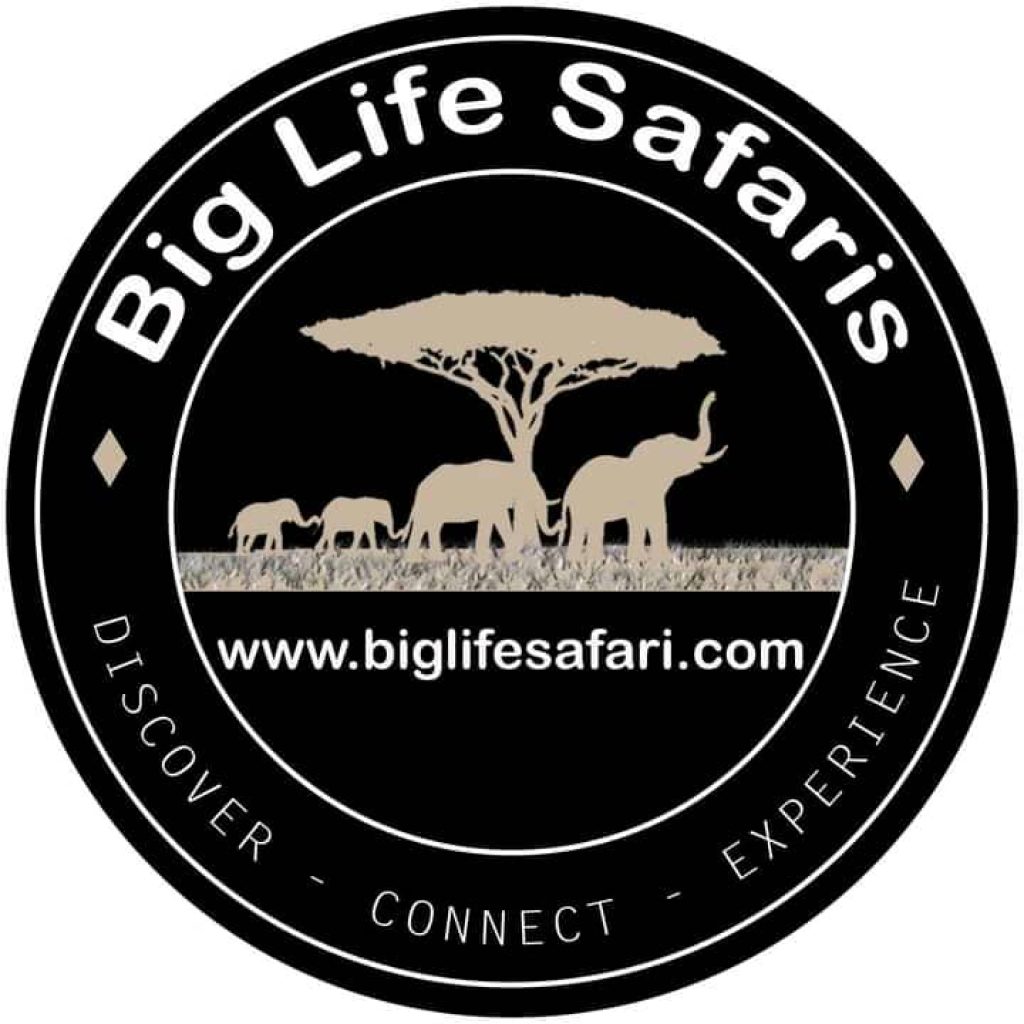
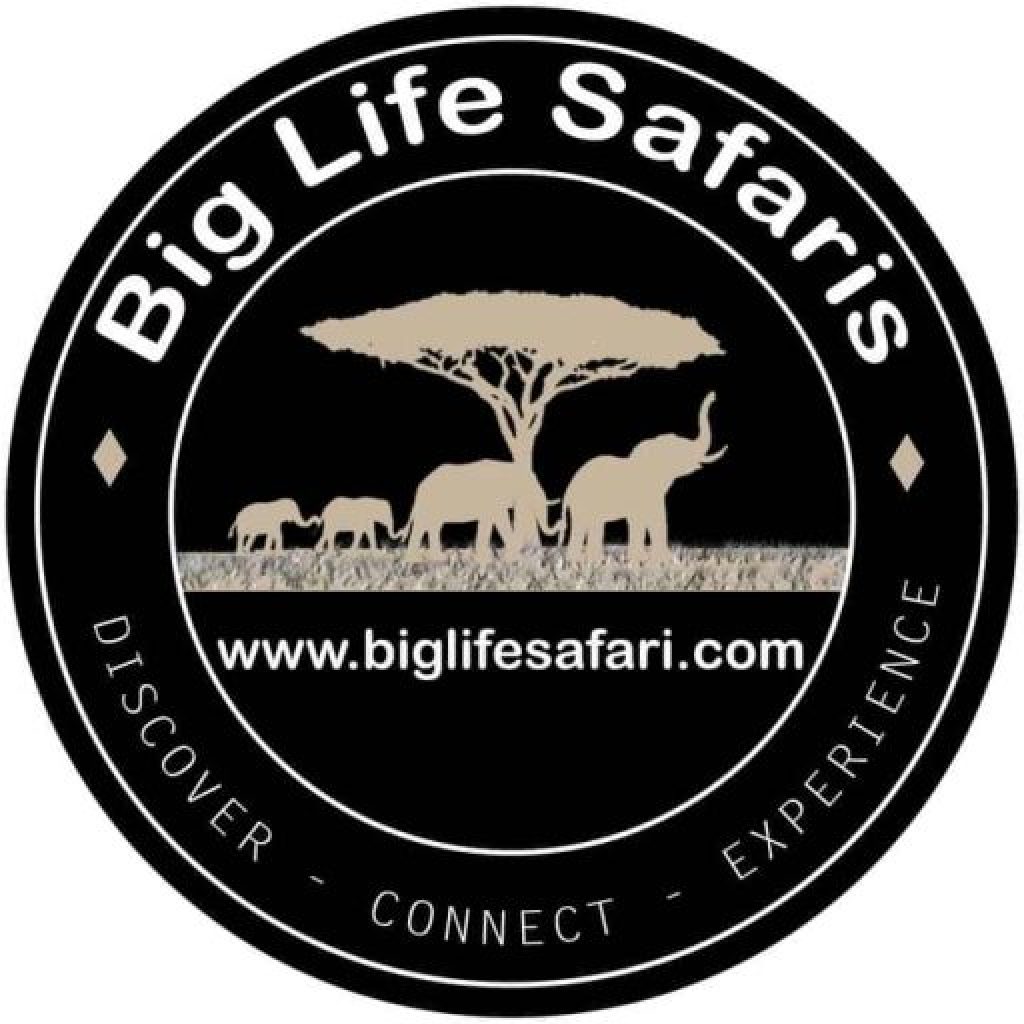
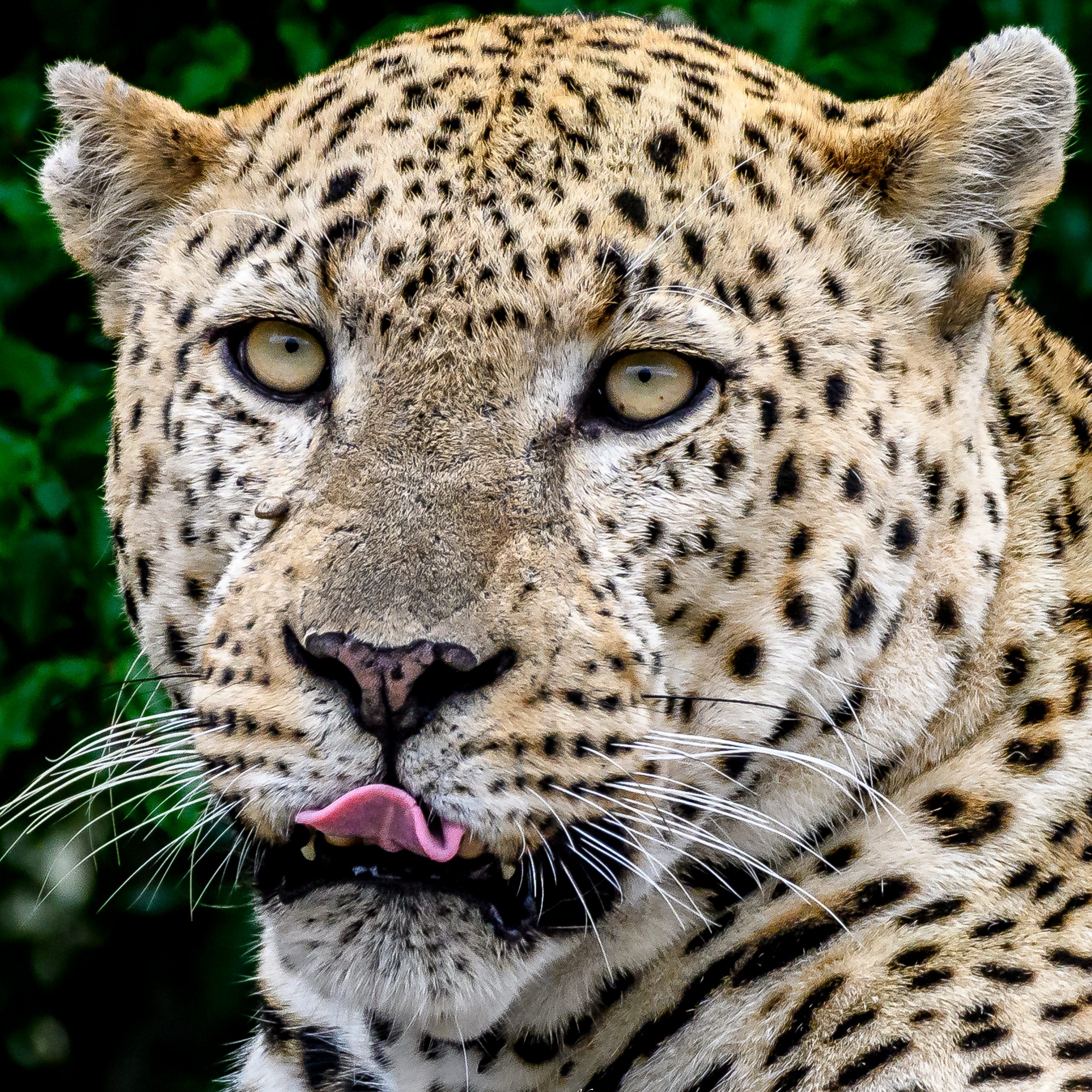
0 Comment